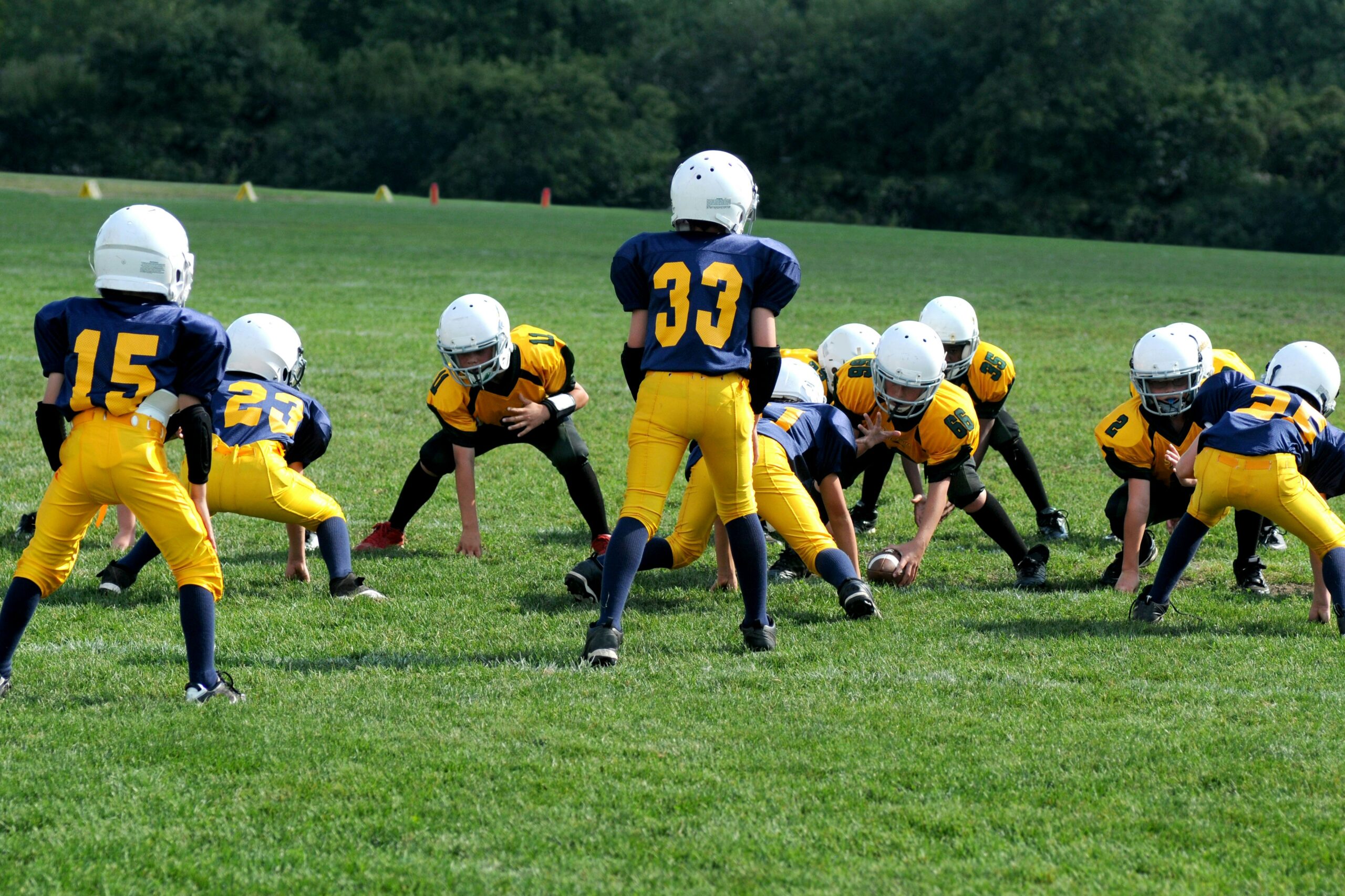Watching a young child or infant grow and develop brings a sense of joy to any family. When a child seems to develop slower than older siblings or peers, it raises concerns about normal patterns of growth and development among children. Depending on the situation, physical therapy offers solutions that help when a child shows signs of abnormal development or when injuries occur. Recognizing when to seek appropriate therapy helps parents find the right program for the needs of any child.
What is Physical Therapy?
Physical therapy refers to any program that strives to improve an individual’s quality of life and physical abilities. According to Kids Health, the therapy improves an individual’s coordination, physical strength, mobility, flexibility, and endurance. In some cases, it also helps with pain management or as a preventative strategy so that a child does not face recurring injuries.
The goal of physical therapy depends on the needs of a child and his/her current situation. Although many therapists use exercise programs and tools to help with recovery, they also use ultrasound, electrical stimulation, massage therapy, or the application of cold or hot towels to help with different aspects of the treatment. By using different tools to help lessen pain and improve mobility, a child’s quality of life improves over time.
After an Injury
Web MD reports that specialized physical therapists often work with children after an injury impairs his/her normal range of motion or ability to accomplish certain tasks. Injuries impact a child’s development and sometimes impair his/her normal growth patterns. For example, after breaking an arm in an accident, a child needs time to rebuild the strength of his/her muscles. Physical therapy helps by providing appropriate exercises for a child’s age level, physical health and the severity of the injury.
Injuries that physical therapy helps include:
- Sprains and strains
- Broken bones and rebuilding muscle strength after removing a cast
- Back injuries from an accident
- Pain in the shoulders
- Chronic foot or leg pain
- Sports injuries while playing at school
- Injuries to the tendons
Injuries harm a child’s ability to move easily. In some cases, an injury causes muscle atrophy due to the placement of a cast or sling that prevents motion until a bone heals. Physical therapy after an accident helps your child regain muscle strength or range of motion. After severe injuries, the therapy helps your child regain the maximum potential from his/her body by making gradual improvements. Consider physical therapy if an injury significantly changes your child’s ability to move or causes significant pain that impacts the way your child walks, moves or holds his/her body.
Improving Physical Development
Although every child grows and develops at his/her own pace, parents and doctors expect certain levels of movement, motor skills and muscle control as he/she grows. When children do not meet milestones for movement and motor skills, physical therapy helps improve the situation.
During physical therapy for children, a specialist works with the child to improve motor skills, encourage certain movements, or engage a child in games that strengthen muscles for different skills. By working on gradually building a child’s ability to control his/her hands, legs, arms or other portions of the body, he/she gains the skills that parents and doctors expect.
Treating Severe Health Conditions
Severe health conditions occur unexpectedly and sometimes interfere with a child’s ability to move freely or accomplish certain tasks. Although a health condition like cerebral palsy or similar disorders limit an individual’s range of motion or ability to control certain areas of the body, a physical therapist will work with a child to help him/her gain the maximum potential from his/her body.
Conditions that might require physical therapy include:
- Cerebral palsy
- Arthritis
- Chronic pain, particularly in the back
- Heart conditions
- Lung conditions
- Abnormal spine development or growth that causes complications with mobility or muscle control
An individual’s physical health and any diseases that develop impact his/her ability to move easily and maintain a high quality of life. When children face chronic pain, mobility challenges from a physical ailment, or abnormal growth patterns, physical therapy can help a child recover from the current situation. Depending on the needs of each child, a specialist creates a personalized plan to improve the current situation. By working with a physical therapist, parents provide a child with the tools to focus on long-term goals.




